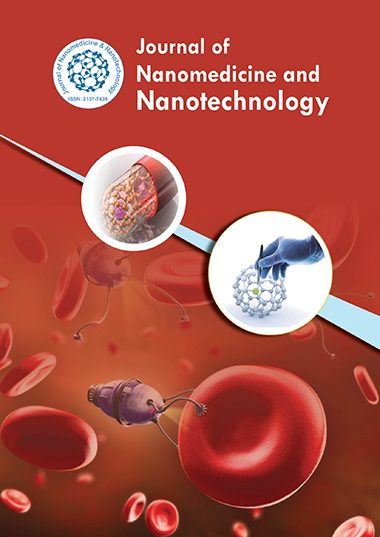Indexed In
- Open J Gate
- Genamics JournalSeek
- Academic Keys
- JournalTOCs
- ResearchBible
- China National Knowledge Infrastructure (CNKI)
- Scimago
- Ulrich's Periodicals Directory
- Electronic Journals Library
- RefSeek
- Hamdard University
- EBSCO A-Z
- OCLC- WorldCat
- SWB online catalog
- Virtual Library of Biology (vifabio)
- Publons
- MIAR
- Scientific Indexing Services (SIS)
- Euro Pub
- Google Scholar
Useful Links
Share This Page
Journal Flyer

Open Access Journals
- Agri and Aquaculture
- Biochemistry
- Bioinformatics & Systems Biology
- Business & Management
- Chemistry
- Clinical Sciences
- Engineering
- Food & Nutrition
- General Science
- Genetics & Molecular Biology
- Immunology & Microbiology
- Medical Sciences
- Neuroscience & Psychology
- Nursing & Health Care
- Pharmaceutical Sciences
Atlas of atomic nuclear structures according to the BSM-super-gravitation unified theory
15th World Medical Nanotechnology Congress
October 18-19, 2017 Osaka, Japan
Stoyan Sarg Sargoytchev
World Institute for Scientific Exploration, USA
Keynote: J Nanomed Nanotechnol
Abstract:
The atlas of atomic nuclear structures (ANS) derived by the basic structures of matter-super-gravitation unified theory (BSMSG), illustrates the super-dense structure of the elementary particles and atomic nuclei. Their real size and configuration appears hidden due to the revealed space micro-curvature around the atomic nuclei. While they exhibit the same interaction energies as the quantum mechanical models, they are not point-like structures. The atlas provides information about the spatial arrangement of the protons and neutrons in the atomic nuclei. The Z-number trend of the nuclear build-up follows a shell structure that complies strictly with the row-column pattern of the periodic table. They possess identifiable features of oxidation numbers and obey the Hund's rules and Pauli Exclusion Principle. The trend of fast increase in the number of neutrons in comparison to the protons in heavier elements and their spatial positions plays a role in redistribution of the repulsive Coulomb forces between protons. The nuclear structures of the stable isotopes exhibit a higher degree of symmetry with a classical explanation of the nuclear spin. This gives a reasoning why some isotopes are stable and others are not. The proposed physical models could be useful for deeper understanding of the nuclear transmutations and they could be applied in chemistry, biomolecules and different fields of nanotechnology.
Biography :
Stoyan Sarg Sargoytchev has completed his Master’s degree in Electrical Engineering from Technical University in Sofia and PhD in Physics from Bulgarian Academy of Sciences. Currently, he is working with the World Institute for Scientific Exploration. He has published more than 70 scientific papers in reputed journals and he is an author of a theoretical monograph BSM-SG.


